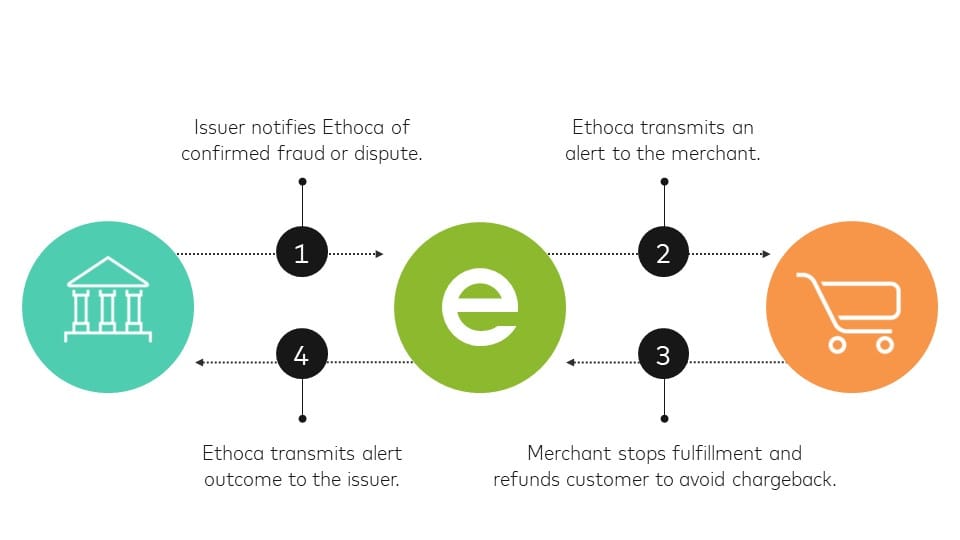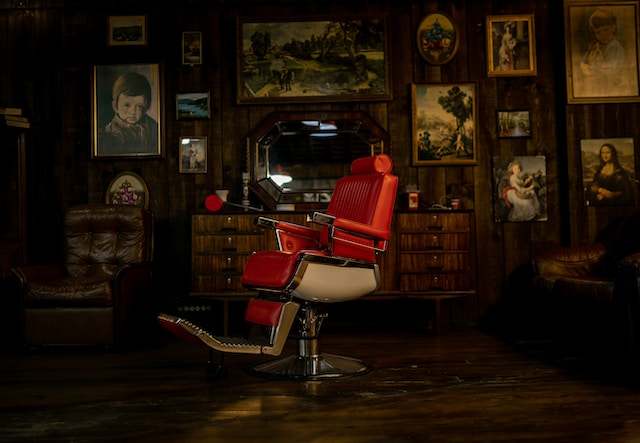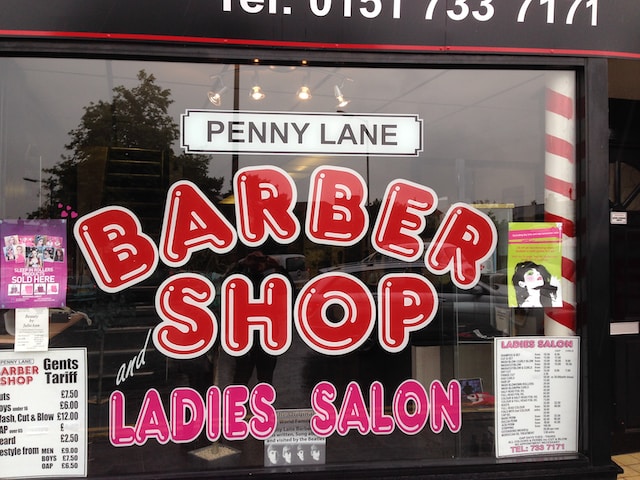
SuperPay helps barbers like yourself get paid as quickly as possible. Choose our platform to power your payments & billing.
Welcome to our blog post on hygiene best practices for barber shops! In the bustling world of barbering, it is essential to prioritize cleanliness and hygiene to ensure the safety and well-being of both barbers and clients. With the recent global health crisis, maintaining a clean and sanitized environment has become even more crucial. In this blog post, we will explore the importance of hygiene in barber shops and provide you with practical tips and guidelines to implement proper sterilization and disinfection practices, handle and clean tools effectively, maintain personal hygiene habits, and create a clean and safe shop environment. So, let's dive in and discover how to elevate your barber shop's hygiene standards to the next level!
Understanding the Importance of Hygiene in Barber Shops
Maintaining a high standard of hygiene in barber shops is not just a matter of aesthetics; it is a fundamental aspect of professionalism and client safety. Understanding the importance of hygiene in barber shops is crucial for both barbers and clients. Here are some key reasons why hygiene should be a top priority:
Client Safety: A clean and hygienic environment helps prevent the spread of infections and diseases. Barbershops have close contact with clients, making it essential to minimize the risk of transmitting infections such as bacterial or fungal infections, lice, or even more serious diseases like hepatitis or HIV.
Professionalism and Trust: A clean and well-maintained barber shop creates a positive impression and instills confidence in clients. When clients see that hygiene is taken seriously, they are more likely to trust the barbers and the services offered.
Compliance with Regulations: Many regions have specific health and safety regulations that barbershops must adhere to. By maintaining proper hygiene practices, barbershops can ensure compliance with these regulations and avoid legal issues or penalties.
Reputation and Business Growth: A barber shop with a reputation for cleanliness and hygiene is more likely to attract repeat customers and positive word-of-mouth recommendations. On the other hand, poor hygiene practices can harm a shop's reputation and lead to a loss of clientele.
Employee Well-being: Maintaining a clean and hygienic environment is not only important for clients but also for the well-being of barbers and other staff members. By implementing proper hygiene practices, barbers can protect themselves and their colleagues from potential health hazards.
Now that we understand the significance of hygiene in barber shops, let's delve into the specific best practices for maintaining a clean and safe environment.
Sterilization and Disinfection Practices
Sterilization and disinfection practices play a vital role in maintaining a hygienic and safe environment in barber shops. These practices help eliminate or reduce the presence of harmful microorganisms, ensuring the well-being of both barbers and clients. In this section, we will explore why sterilization and disinfection are essential, the equipment needed for these practices, and the steps for effective implementation.
Why Sterilization and Disinfection are Essential
Preventing Infections: Sterilization and disinfection are crucial in preventing the transmission of infections among clients. Barbers come into contact with various tools and equipment that may carry bacteria, viruses, or fungi. Proper sterilization and disinfection help eliminate these microorganisms and reduce the risk of infections.
Compliance with Regulations: Many health and safety regulations require barbershops to implement sterilization and disinfection practices. By following these guidelines, barbers can ensure compliance and create a safe working environment.
Building Trust and Confidence: Clients expect a clean and sanitary environment when they visit a barber shop. By visibly practicing sterilization and disinfection, barbers can instill trust and confidence in their clients, enhancing their reputation.
Equipment Needed for Sterilization and Disinfection
Autoclave or Sterilizer: An autoclave is a device that uses steam and pressure to sterilize tools and equipment effectively. It is essential for high-level sterilization in barber shops.
Ultrasonic Cleaner: An ultrasonic cleaner uses high-frequency sound waves to remove dirt, debris, and contaminants from tools. It is particularly useful for cleaning small, intricate instruments.
Barbicide Solution: Barbicide is a widely used disinfectant solution in the barbering industry. It effectively kills bacteria, viruses, fungi, and other pathogens.
Disinfectant Sprays and Wipes: These are convenient for regularly disinfecting surfaces such as countertops, chairs, and mirrors.
Personal Protective Equipment (PPE): PPE includes gloves, masks, and goggles to protect barbers from direct contact with potentially infectious materials.
Steps for Effective Sterilization and Disinfection
Pre-Cleaning: Before sterilization or disinfection, it is essential to remove any visible debris or dirt from the tools. This can be done by rinsing them with water or using an ultrasonic cleaner.
Sterilization: For tools that can withstand high heat and pressure, such as metal instruments, sterilization with an autoclave is the most effective method. Follow the manufacturer's instructions for proper sterilization.
Disinfection: Non-metal tools and surfaces can be disinfected using Barbicide or other disinfectant solutions. Immerse the tools in the solution for the recommended time, ensuring complete coverage. Wipe down surfaces with disinfectant sprays or wipes.
Drying and Storage: After sterilization or disinfection, ensure that tools are thoroughly dried before storage. Moisture can promote bacterial growth. Store tools in clean, covered containers or pouches to prevent contamination.
By implementing these sterilization and disinfection practices, barber shops can create a clean and safe environment for both barbers and clients. In the next section, we will discuss the proper handling and cleaning of tools to further enhance hygiene standards.

Proper Handling and Cleaning of Tools
Proper handling and cleaning of tools is essential to maintain hygiene standards in barber shops. Regular cleaning not only helps prevent the spread of infections but also ensures the longevity and effectiveness of the tools. In this section, we will discuss the importance of regular cleaning, how to clean different types of barber tools, and the safe and secure storage of clean tools.
Importance of Regular Cleaning of Tools
Preventing Infections: Tools used in barber shops can come into contact with bodily fluids, hair, and skin particles, which may harbor bacteria, viruses, or fungi. Regular cleaning helps remove these contaminants, reducing the risk of infections.
Maintaining Tool Performance: Build-up of hair, product residue, or dirt can affect the performance of tools, such as clippers, trimmers, and scissors. Regular cleaning ensures that the tools operate smoothly and with precision.
Prolonging Tool Lifespan: Proper cleaning and maintenance can extend the lifespan of barber tools. Regular removal of debris and lubrication can help prevent rusting, corrosion, and dulling of blades.
How to Clean Different Types of Barber Tools
Clippers and Trimmers:
- Remove hair and debris from the blades using a brush or compressed air.
- Disassemble detachable blades and clean each part separately.
- Wash the blades with soap and warm water, ensuring all residue is removed.
- Disinfect the blades using a solution recommended by the manufacturer.
- Dry the blades thoroughly before reassembling and lubricating.
Scissors and Shears:
- Wipe the blades with a soft cloth or tissue to remove hair and debris.
- Clean the blades with a mild detergent and warm water.
- Rinse the blades thoroughly and dry them completely.
- Apply a few drops of oil to the pivot point and wipe away any excess.
Combs and Brushes:
- Remove hair and debris from the comb teeth or brush bristles using a brush or comb cleaner.
- Wash the combs and brushes with warm water and mild shampoo or soap.
- Rinse them thoroughly and allow them to air dry.
Straight Razors:
- Carefully remove the blade from the razor handle.
- Rinse the blade under warm water to remove hair and debris.
- Clean the blade with a mild detergent and warm water, using a soft cloth or brush.
- Rinse the blade thoroughly and dry it completely before reassembling.
Safe and Secure Storage for Clean Tools
Separate Clean and Dirty Areas: Maintain separate areas or containers for clean and dirty tools to prevent cross-contamination.
Use Sterile Wraps or Pouches: Wrap or store clean tools in sterile wraps or pouches to protect them from dust or potential contamination.
Label and Organize: Properly label and organize tools to easily identify clean and sterilized ones from dirty ones.
Regularly Inspect and Replace Tools: Regularly inspect tools for any signs of damage, wear, or rust. Replace tools that are no longer in optimal condition.
By following proper handling and cleaning techniques for different barber tools and ensuring safe storage, barber shops can maintain a high level of hygiene and prolong the lifespan of their tools. In the next section, we will discuss personal hygiene habits that barbers should practice to further enhance cleanliness and safety.
Personal Hygiene Habits for Barbers
Maintaining personal hygiene habits is crucial for barbers to ensure a clean and safe environment in their shops. Barbers come into close contact with clients on a daily basis, making it essential to practice good personal hygiene to minimize the risk of infections. In this section, we will explore the importance of maintaining personal cleanliness, proper hand hygiene practices, and the use of Personal Protective Equipment (PPE).
Maintaining Personal Cleanliness
Clean Uniform and Clothing: Barbers should wear clean uniforms or clothing every day. Regularly washing and changing uniforms helps prevent the accumulation of dirt, hair, and product residue.
Personal Grooming: Barbers should maintain good personal grooming habits, including regular bathing, trimming nails, and keeping facial hair neat and tidy.
Avoiding Strong Odors: Barbers should refrain from using strong perfumes, colognes, or other scented products that may cause discomfort or allergies in clients.
Proper Hand Hygiene Practices
Handwashing: Barbers should wash their hands thoroughly with soap and warm water before and after every client interaction, as well as after using the restroom, handling money, or touching potentially contaminated surfaces.
Hand Sanitization: In situations where handwashing facilities are not readily available, barbers should use alcohol-based hand sanitizers with at least 60% alcohol content to effectively kill germs.
Avoiding Hand-to-Face Contact: Barbers should refrain from touching their face, nose, or mouth during client interactions to minimize the risk of transferring bacteria or viruses.
Use of Personal Protective Equipment (PPE)
Gloves: Barbers should wear disposable gloves when handling tools, performing procedures that involve bodily fluids, or when in direct contact with broken skin or wounds. Gloves should be discarded after each use.
Masks: Wearing masks can help prevent the spread of respiratory droplets from both barbers and clients. Barbers should consider wearing masks, especially during close contact procedures or when local health guidelines recommend their use.
Eye Protection: Eye protection, such as goggles or face shields, should be worn when there is a risk of exposure to splashes, sprays, or airborne particles.
By practicing personal hygiene habits, including maintaining personal cleanliness, following proper hand hygiene practices, and utilizing Personal Protective Equipment (PPE), barbers can significantly reduce the risk of infections and ensure a safe environment for both themselves and their clients. In the next section, we will discuss how to maintain a clean and safe shop environment through daily cleaning routines and proper waste disposal.
Maintaining a Clean and Safe Shop Environment
Maintaining a clean and safe shop environment is crucial for the overall hygiene and professionalism of a barber shop. A clean shop not only ensures the well-being of barbers and clients but also enhances the overall experience for everyone involved. In this section, we will discuss daily cleaning routines, proper waste disposal, and the importance of keeping the workspace organized.
Daily Cleaning Routines
Cleaning Surfaces: Regularly clean and disinfect all surfaces, including countertops, chairs, mirrors, and waiting areas. Use appropriate disinfectant sprays or wipes to ensure thorough cleaning.
Sweeping and Mopping: Sweep the floors regularly to remove hair, dust, and debris. Mop the floors using a suitable disinfectant or cleaning solution to maintain cleanliness and prevent the accumulation of dirt and pathogens.
Sanitizing Tools and Equipment: After each client, sanitize the tools and equipment used, such as combs, brushes, clippers, and scissors. Follow the proper cleaning and disinfection procedures discussed earlier.
Laundering Towels and Capes: Regularly wash and sanitize towels, capes, and other fabric materials used in the shop. Use hot water and an appropriate detergent to ensure cleanliness and eliminate any potential contaminants.
Proper Disposal of Waste
Segregation of Waste: Separate waste into different categories, such as general waste, recyclables, and hazardous materials. Use designated bins or containers for each type of waste.
Biohazard Waste: Dispose of biohazard waste, such as used sharps (razor blades, needles) or contaminated materials, in properly labeled and sealed containers following local health regulations.
Emptying and Cleaning Bins: Regularly empty and clean waste bins to prevent odors and the attraction of pests. Use appropriate cleaning agents and ensure proper sanitation.
Keeping the Workspace Organized
Tool Organization: Designate specific areas or containers for different tools and equipment to maintain order and reduce the risk of cross-contamination.
Product Storage: Store hair products, grooming supplies, and chemicals in appropriate storage areas, away from direct sunlight and moisture.
Regular Decluttering: Regularly declutter the workspace, removing any unnecessary items or materials that can accumulate dust or hinder cleanliness.
By implementing daily cleaning routines, proper waste disposal practices, and maintaining an organized workspace, barbers can create a clean and safe environment for both themselves and their clients. These practices not only enhance hygiene but also contribute to a professional and welcoming atmosphere.
With the completion of this comprehensive blog post on hygiene best practices for barber shops, we have provided you with valuable insights and guidelines to elevate your shop's hygiene standards. By implementing these practices, you can ensure the well-being and satisfaction of your clients while maintaining a professional and successful barber shop.


